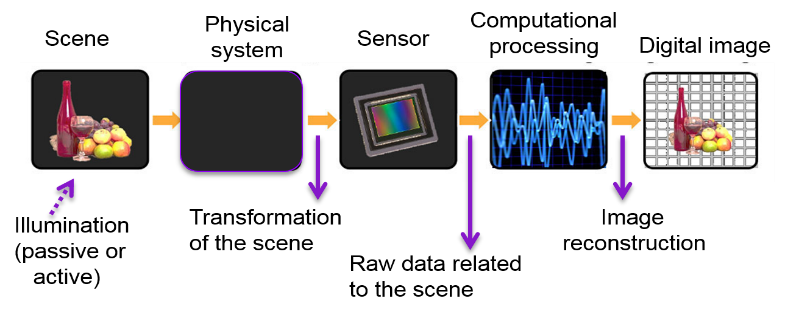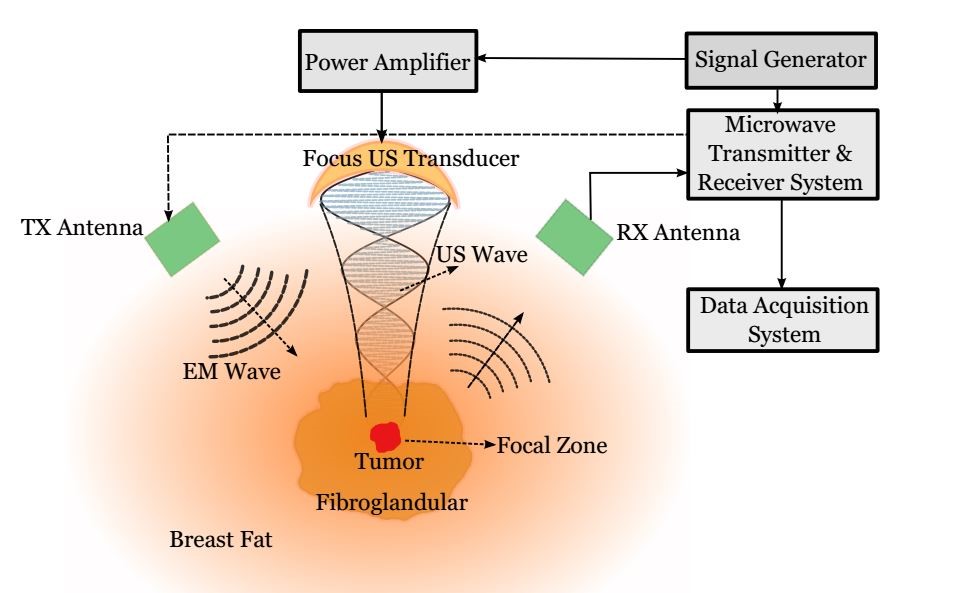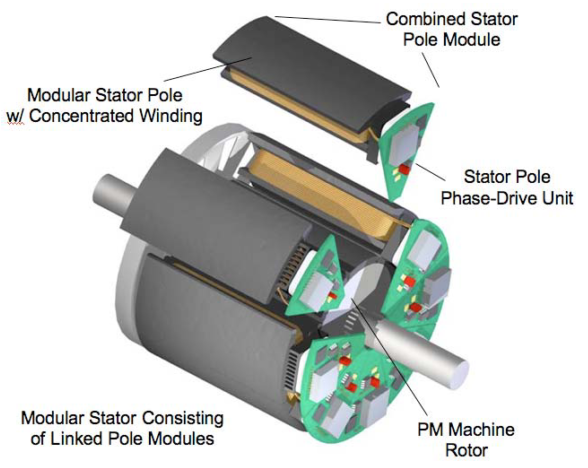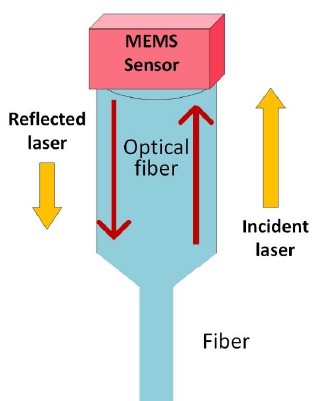Project Coordinator: Assist. Prof. S. Figen Öktem
Project Type: TÜBİTAK/ARDEB 3501 – Career Development Program
Project Duration: 36 Months
Project Start Date: October 2017
Funded Personnel: 1 PhD student (full-time), 1 MSc student (full-time), 2 undergraduate students

Spectral imaging, the sensing of spatial information as a function of wavelength, is a widely used diagnostic technique in diverse fields such as physics, chemistry, biology, medicine, astronomy, and remote sensing. However, the three-dimensional spectral image dataset is required to be obtained using two-dimensional detectors, and this poses intrinsic limitations on the spatio-spectral extent of the technique. For example, for conventional spectral imagers employing wavelength filters, spatial and spectral resolutions are inherently limited by the cost and manufacturability of its optical components.
In this project, we will develop a class of novel spectral imaging techniques that enable capabilities beyond the reach of conventional techniques. Each development will be based on computational imaging. This involves distributing the imaging task between an optical system (containing a photon sieve) and a computational system. The proposed novel optical systems will take multiplexed measurements, and these measurements will then be used in the computational processing unit to digitally form the spectral images by means of solving an inverse problem. Compressive sensing theory and the state-of-the-art image reconstruction approaches will be exploited for this purpose. By building prototypes, the performance of these novel spectral imaging modalities will also be demonstrated experimentally.
The project will include collaboration with University of Illinois at Urbana-Champaign and NASA Goddard Space Flight Center. Moreover, scholarships will be provided to one full-time M.S. and one full-time Ph.D. student as well as two undergraduates. This will enable new researchers in Turkey to join the field of computational imaging, which is an exciting field with several Nobel prizes.

Currently two undergraduate students are involved in the project as part of the METU EE STAR Program (http://star.eee.metu.edu.tr/current-program/), and we are seeking for highly motivated, full-time, M.S. and Ph.D. students to join our team.






